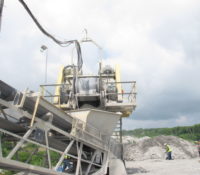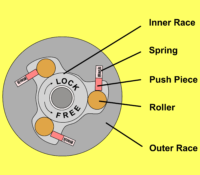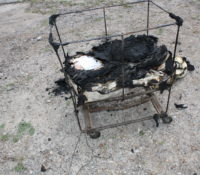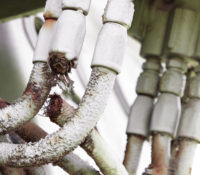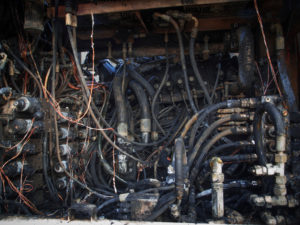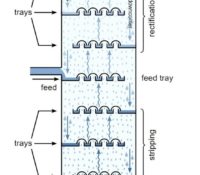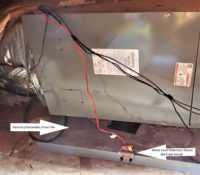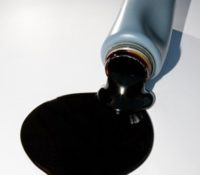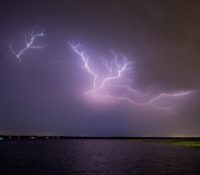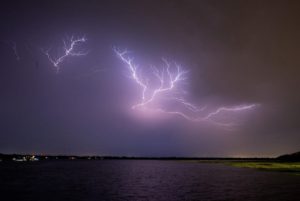Conveyor Backstops: Sometimes One Isn’t Enough, Part 2
This is the second in a two-part blog series about conveying equipment that severely injured a worker at a mine. In case you missed it, click here to read Part 1 where I describe the incident and the mining equipment. In this part, I will discuss my engineering analysis of the incident and the machinery involved and share the conclusions I reached.
The injured miner was a front-end loader operator. He was not a maintenance worker. He simply responded to a radio request for help with the conveyor. Power to the electric conveyor motors was locked out, but none of the maintenance workers did anything to lock out or block the hazardous gravitational potential energy in the heavy load of stone on the belt. Read More


